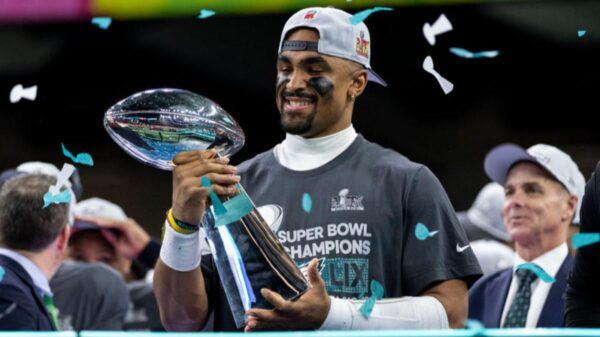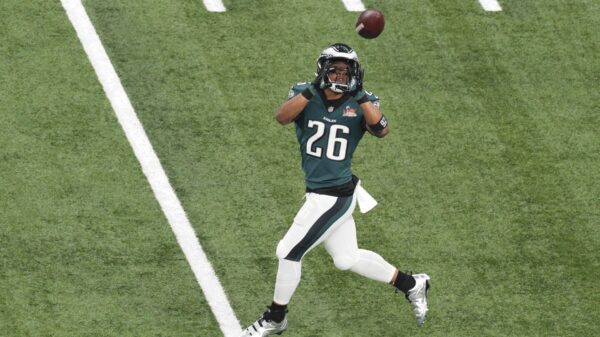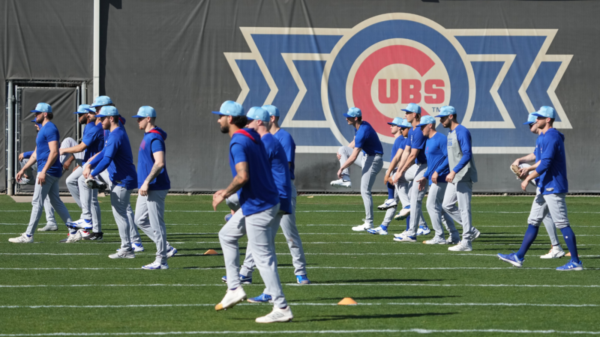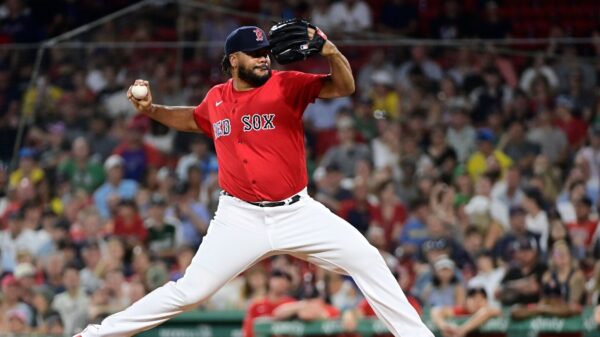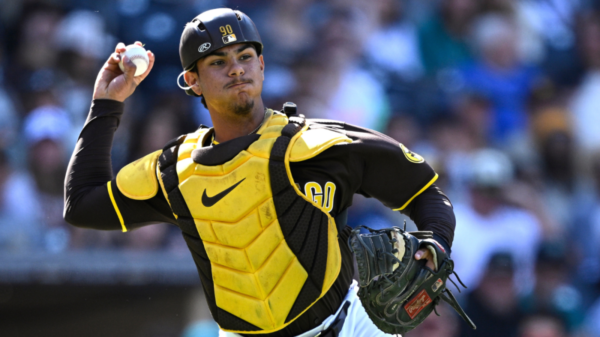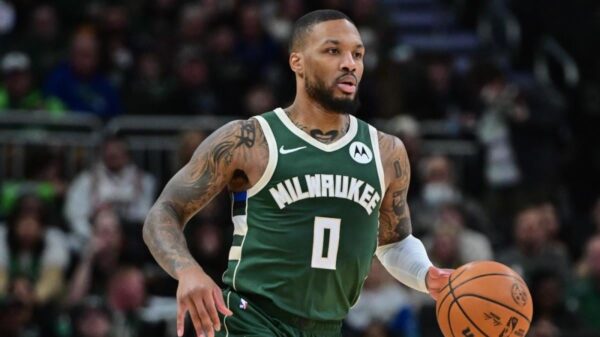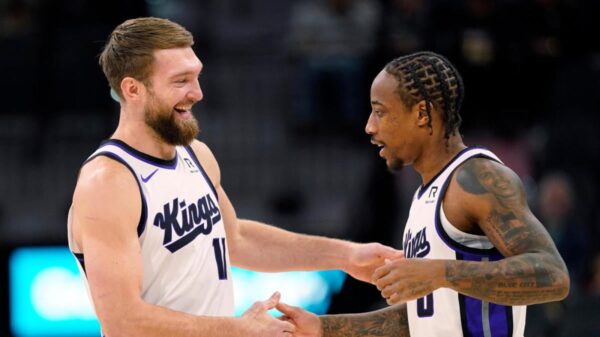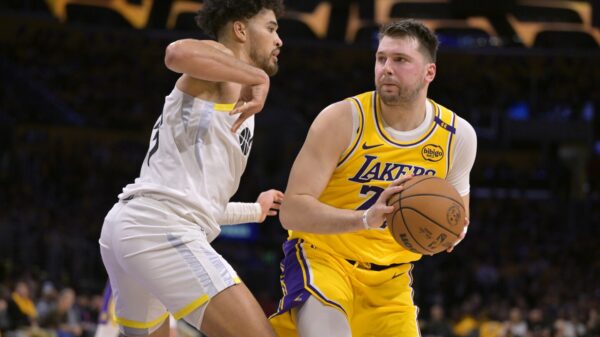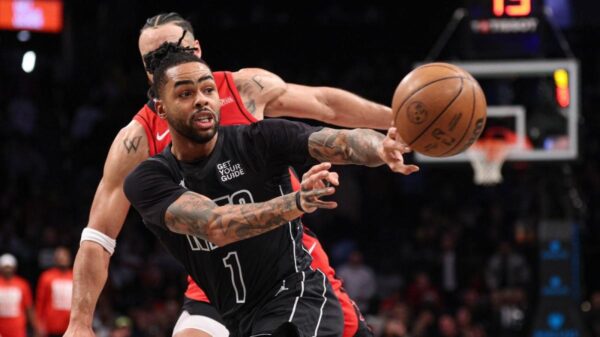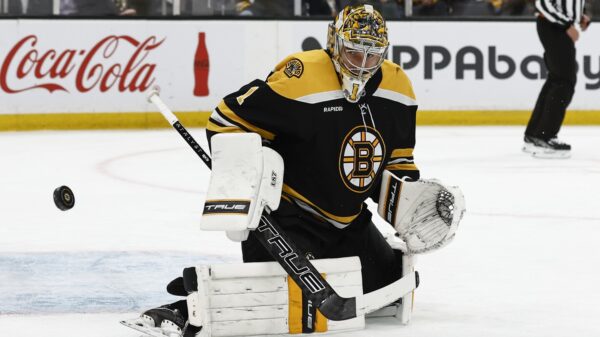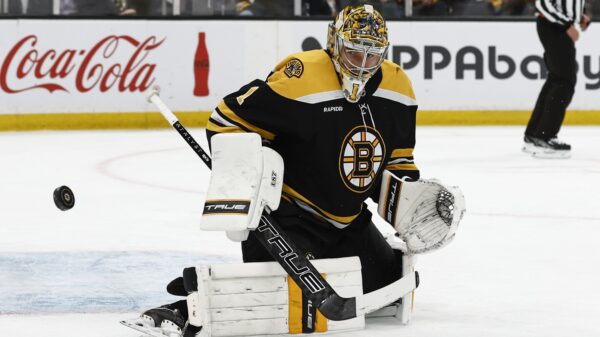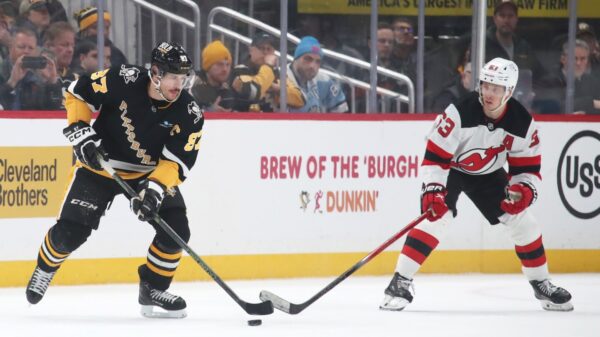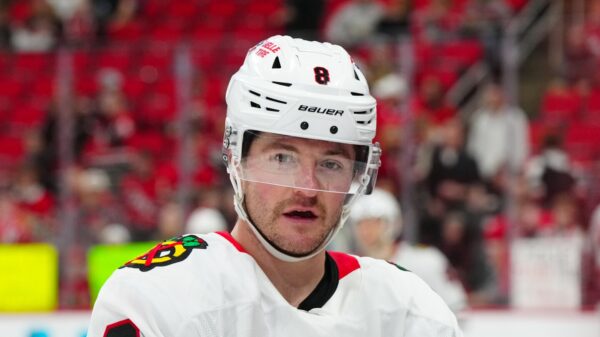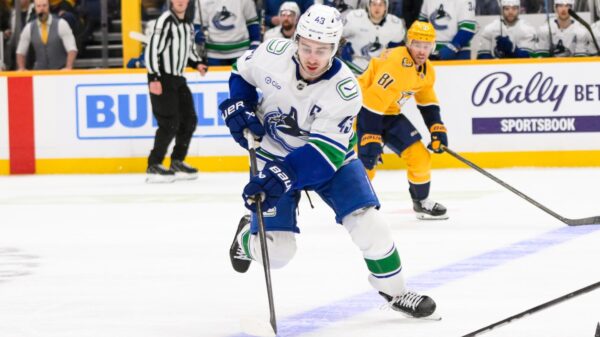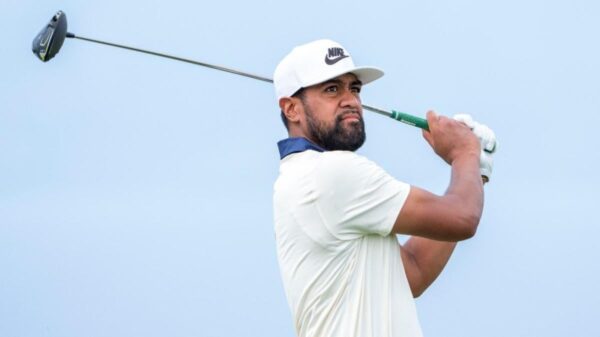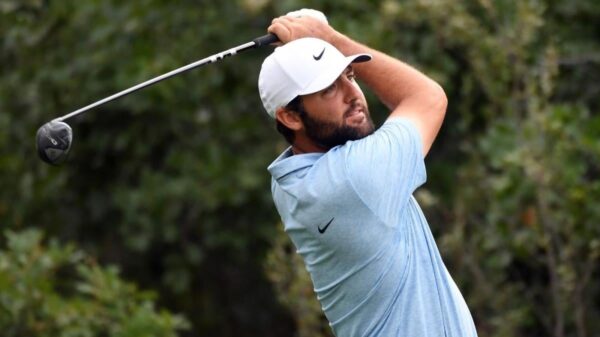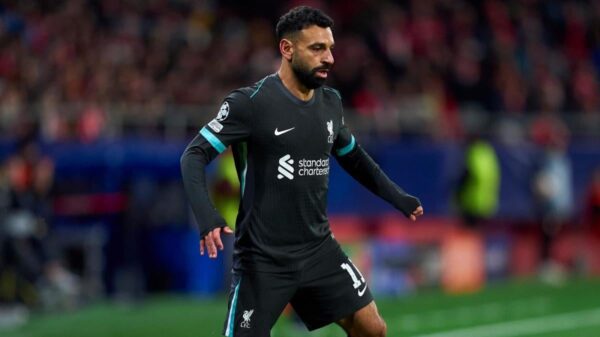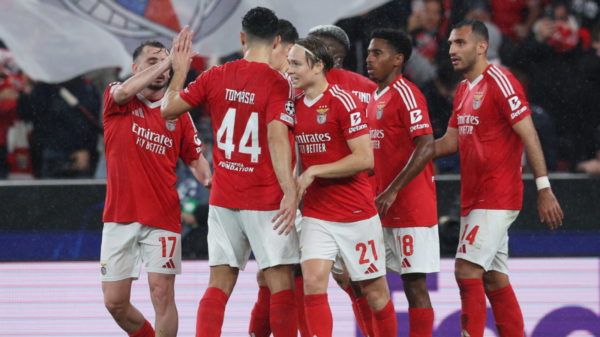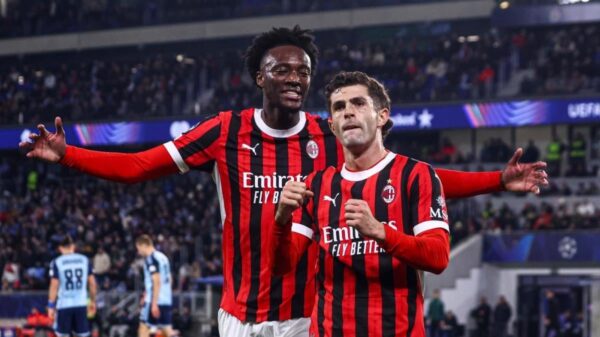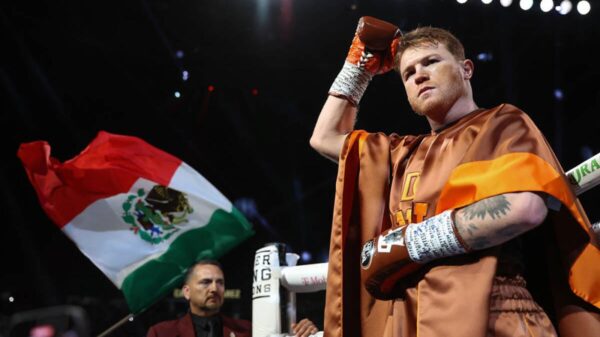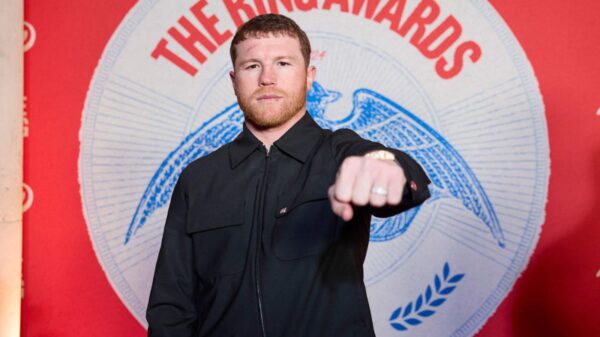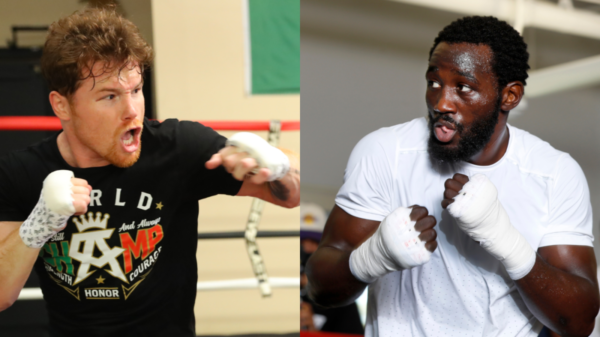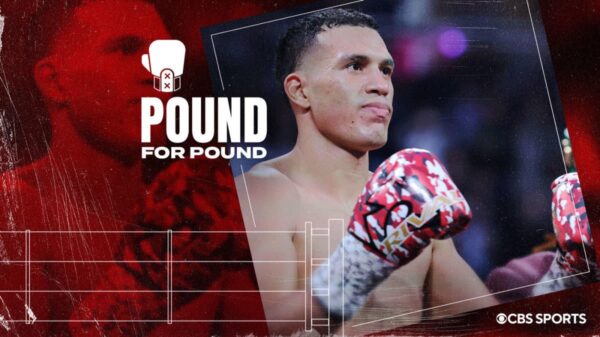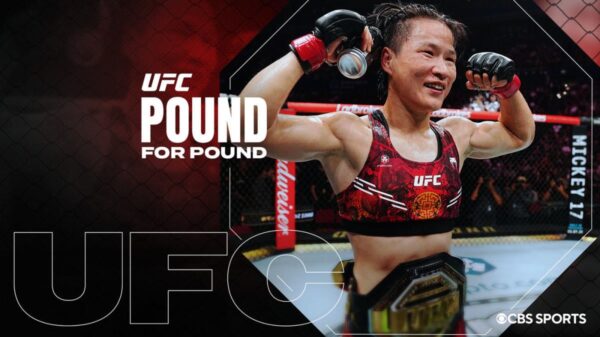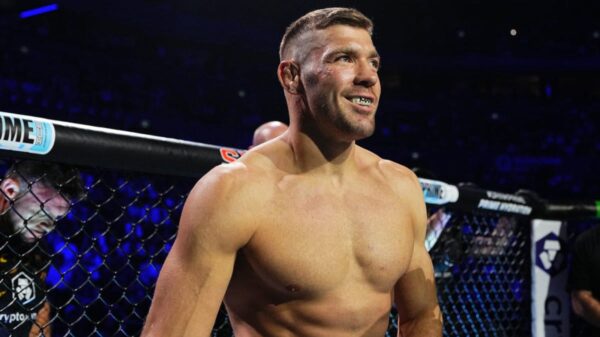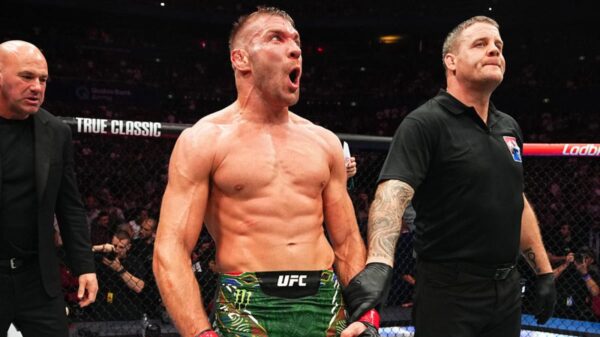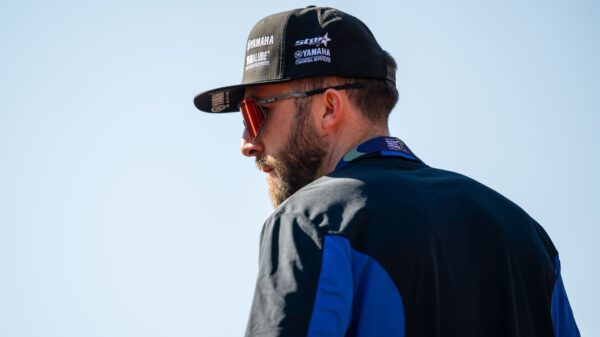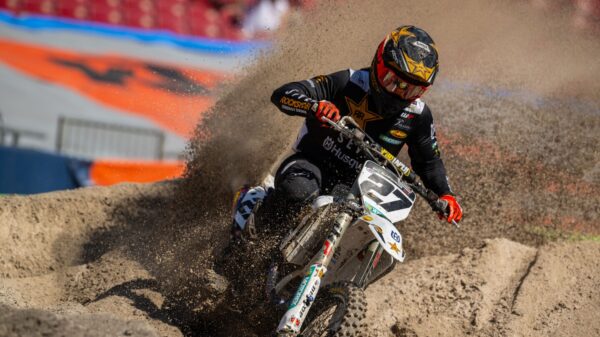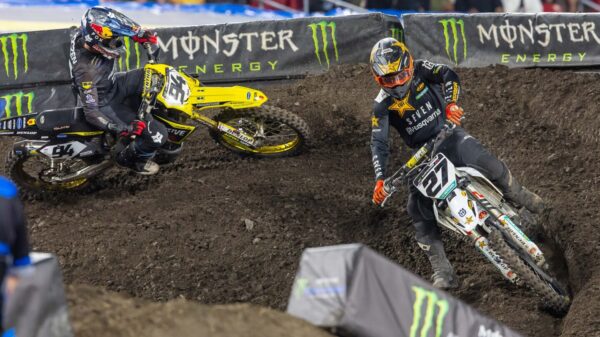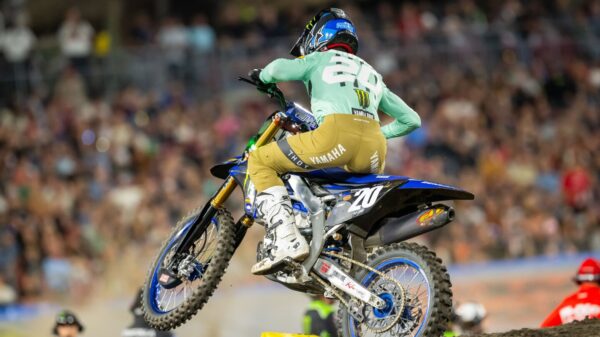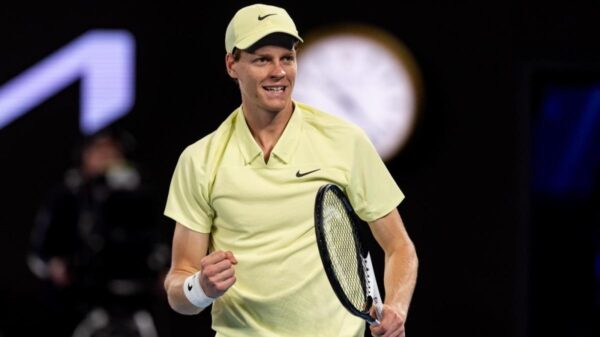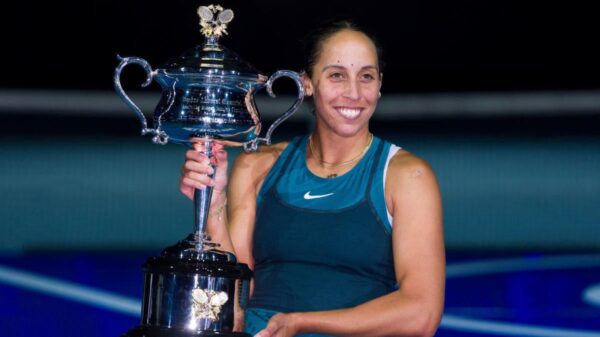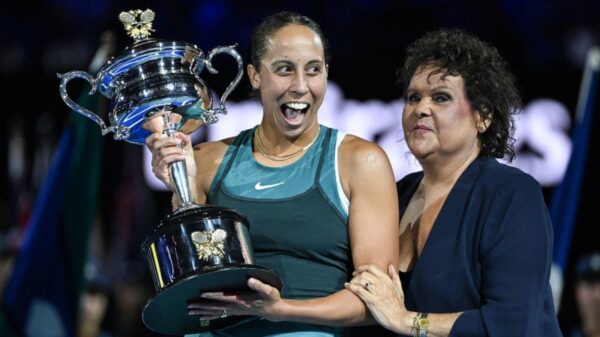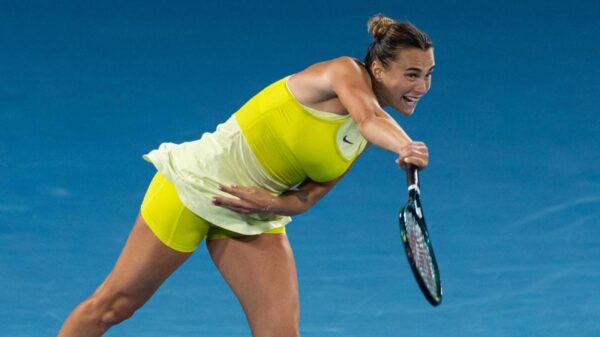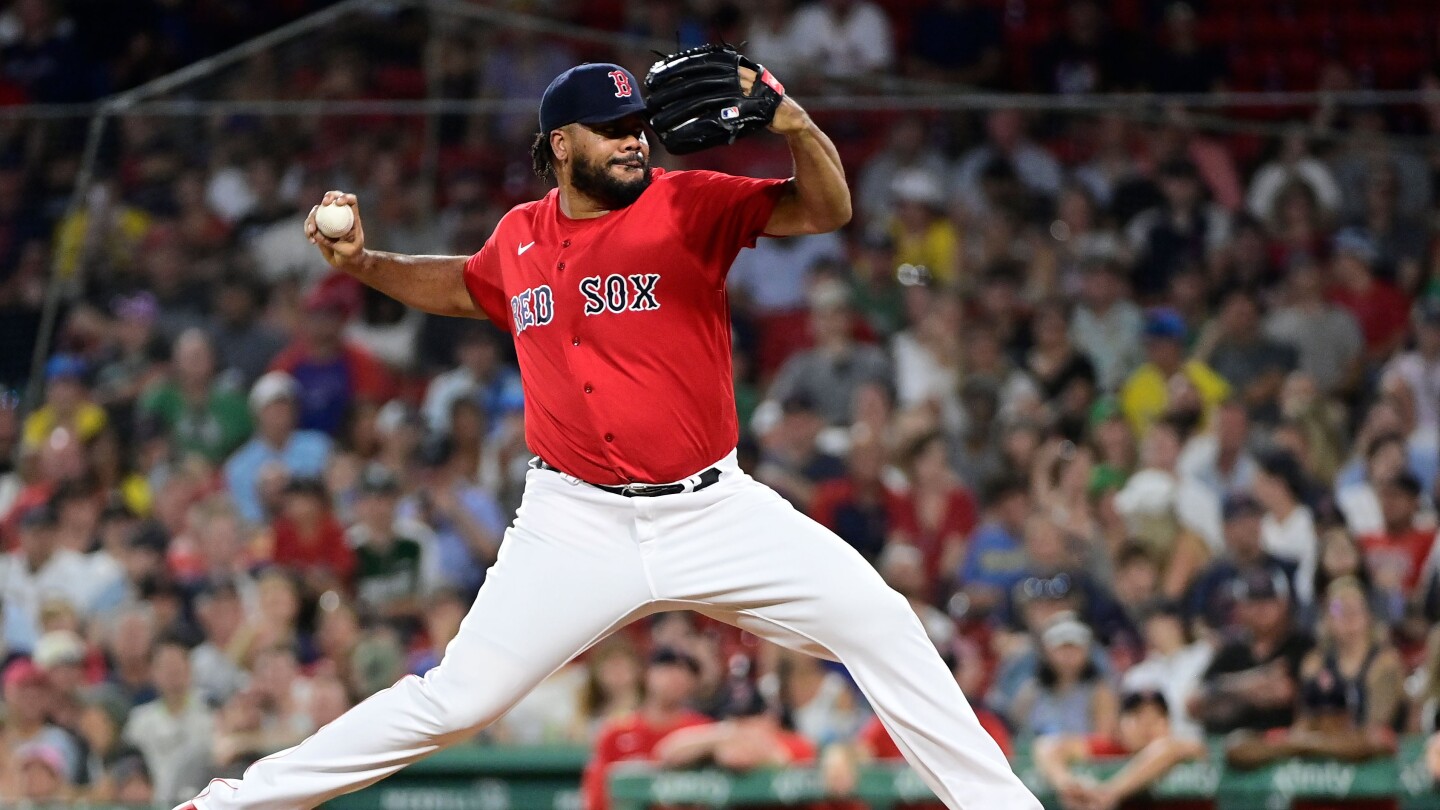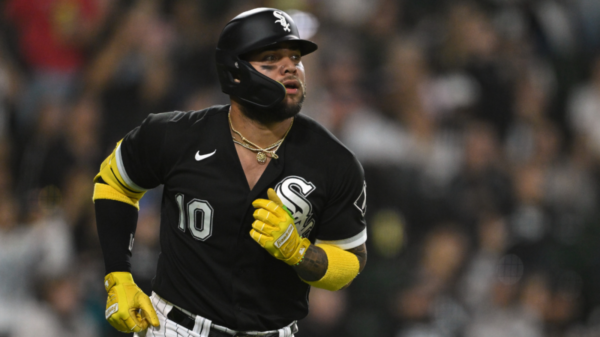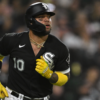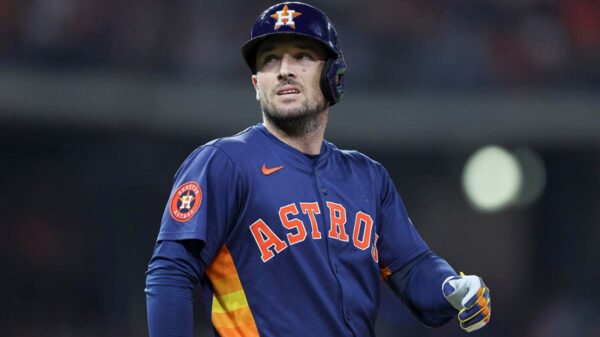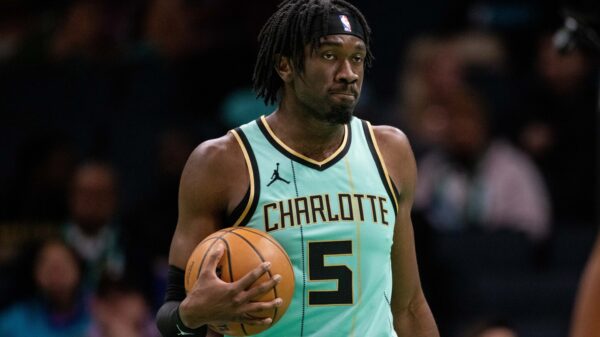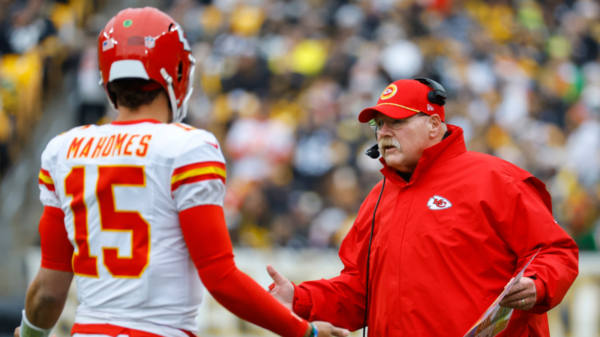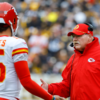Just days before pitchers and catchers report for spring training, the Los Angeles Angels scooped up one of the best remaining closers on the free-agent market, reportedly agreeing to a one-year, $10 million contract with veteran Kenley Jansen.
Source confirms: Free-agent closer Kenley Jansen in agreement with Angels on one-year, $10M contract, pending physical. First: @JonHeyman, @Joelsherman1
— Ken Rosenthal (@Ken_Rosenthal) February 11, 2025
The move puts the future Hall of Famer back in Los Angeles but with the team across town. What does it mean for his fantasy value, the fantasy value of the rest of the bullpen arms, and what can we expect from Jansen this year? Let’s dive in.
What can we expect from Kenley Jansen?
Even if he’s not as dominant as we’ve come to expect, Jansen has remained as steady as they come. He has recorded at least 25 saves in 12 straight full seasons since 2012. That no longer comes with 60+ innings, but Jansen has settled in around 50 innings per season and continues to deliver at the end of games, converting 56-of-64 save chances in his two years in Boston.
Over the last four seasons, Jansen has leaned even more into his cutter. He threw the pitch 58% of the time in 2021, 64% in 2022, 77% in 2023, and 85% in 2024. The biggest change as a result of that has been him essentially eliminating his sinker, which he threw 22% of the time when he was in Atlanta in 2022. Back then, the pitch was fairly average across the board. It had a league-average zone rate, strike rate, and Ideal Contact Rate allowed. It did miss more bats than the average sinker but was also not a groundball pitch with just a 23.5% groundball rate and 59% flyball rate. It’s possible that his move to Fenway Park caused him to eliminate that flyball offering for fear of those turning into home runs over the Green Monster.
However, Jansen’s cutter remains elite. At 92.2 mph, its velocity is down slightly from 2023 but is in line with what he did in 2021 when he had a dominant year for the Dodgers. The cutter pounds the strike zone at a well above-average clip and also has a 14% swinging strike rate, which is above-average for relievers across the league. It is in the 83rd percentile in terms of CSW and 63rd percentile for ICR, so even if the pitch itself doesn’t grade out as well as it did in its heyday, it’s still more than effective enough. He adds a decent slider to it, which, even though it didn’t miss many bats in 2024, is a pitch he can command in the strike zone and with more horizontal movement than he had on it previously. It’s designed simply to keep hitters from sitting on his cutter, and it does the trick.
For now, we should expect Jansen to assume the closer duties for the Angels, and while that doesn’t seem like an enticing gig, remember that Carlos Estevez saved 20 games for them last season in just 34 innings. Jansen could easily snag between 20-25 saves while pitching somewhere near 50 innings with a 3.40-3.50 ERA that has been about his standard level over the last three years. If we believe he will continue to slowly regress in his strikeout rate, and I do, he still should be a 10 K/9 pitcher, which would mean around 57 strikeouts in his 50 innings, and that’s not a bad profile at all.
How does this impact Kenley Jansen’s fantasy value?
Based on the stats, I posted above, you shouldn’t use a top-100 pick on Jansen. However, something around pick 122, where Trevor Megill is going in the eight NFBC Online Championships this month, feels fair. After Megill, the next closer off the board has been Kirby Yates at pick 140, who we now know is not the primary closer for the Dodgers, so it’s hard to see Jansen falling farther than that part of the draft.
There is the risk that Kenley will be traded away from the Angels in the second half of the season, but I’d still bank on him being traded to a team that is willing to give him at least a share of the closer’s job.
Who is most impacted in the Angels’ bullpen?
The player most impacted by this is Ben Joyce since the 24-year-old seemed likely to take over the main closer duties in 2025. Joyce had been going off the board at pick 177 in the NFBC Online Championships this month, but that will plummet now.
Overall, Joyce had a strong season last year. After being called up in June, Joyce had some struggles adjusting to MLB hitting and posted a 3.97 ERA in his first 11 innings with six walks and 10 strikeouts. However, from July 1st on, the 24-year-old had a 1.16 ERA, 1.03 WHIP, and 25% strikeout rate in 23.1 innings.
Even so, that 25% strikeout rate feels low for a guy who averages 102 mph on his four-seam fastball. His four-seamer had a 17.1% swinging strike rate, which is well above average, but his command of the pitch is not ideal. It has a high strike rate but is more of a “get this over” pitch than a pitch he can consistently spot upstairs. That’s why it has league-average ICR rates. He also has a sinker that misses fewer bats and he can’t command in the zone as well, but it does allow weak contact, and then a slider that had just an 11% swinging strike rate last year (below the 15.5% average for relievers) and graded out poorly in PLV.
So right now Joyce doesn’t have a go-to swing-and-miss secondary pitch, and his average fastball command leads to him getting hit harder than you’d like to see. Perhaps another year to learn and adapt as an MLB reliever makes sense for him.
Why would the Angels make this move?
The Angels don’t seem to be a contender, so why would they pay $10 million for a 37-year-old closer? To me, it’s pretty simple.
For starters, we just covered that Joyce doesn’t seem ready to be the main closer, so the Angels needed somebody else back there with him. This offseason, the Angels signed a bunch of veterans who seem to be nearing the ends of their careers like Jorge Soler, Tim Anderson, Yoan Moncada, Travis d’Arnaud, Kyle Hendricks, J.D. Davis, and Scott Kingery. The team is trying to take low-cost risks on veterans who other teams have turned the page on in the hopes that they can get another strong year of production out of them and put together a strong enough lineup around Mike Trout to sneak into the playoffs. In that respect, signing Kenley Jansen fits the bill perfectly.
The other advantage to signing Kenley Jansen is that he will be an enticing trade chip if/when the Angels fall out of the postseason race. There will be a contender who is willing to part with an interesting prospect or two to add Kenley to their bullpen for the stretch run. So that makes this a fairly low-risk move for the Angels heading into 2025.
Read the full article here




